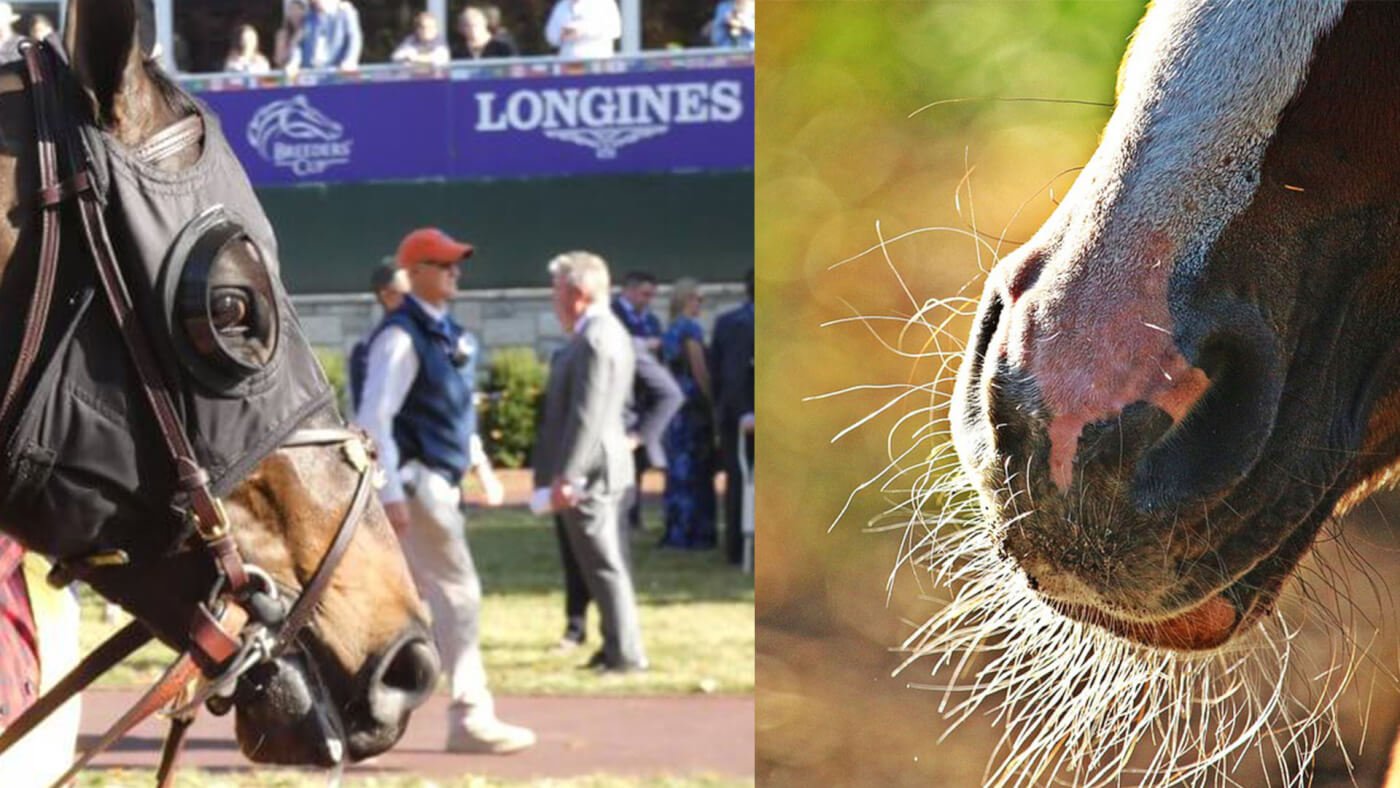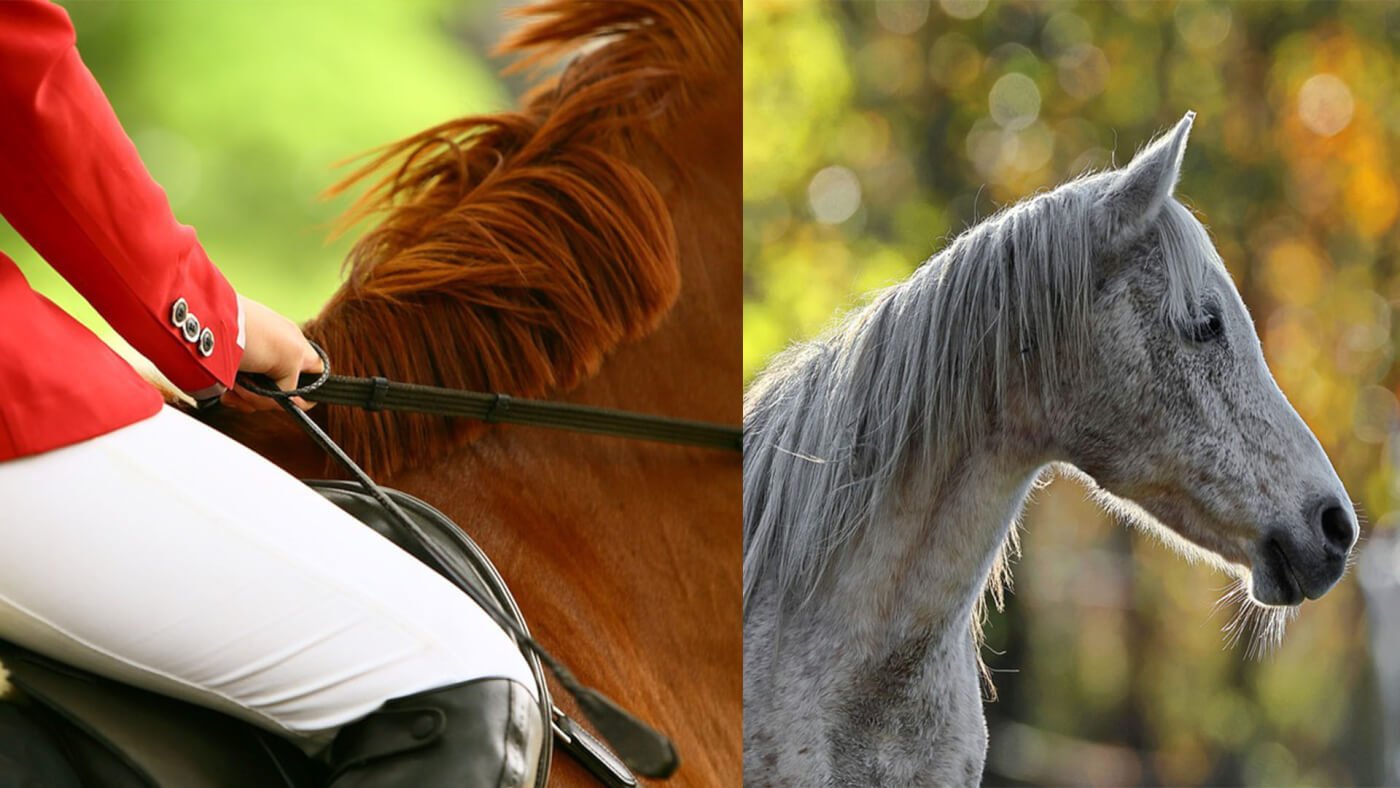Why Whisker Trimming and Mane Pulling Are Cruel to Horses
Did you know that horses naturally have whiskers, also known as vibrissae? Horses used for human entertainment, such as racing, jumping, and dressage, and other “sports,” often have their whiskers shaved entirely off, and their manes are thinned by painfully pulling out hair, just so they’ll look a certain way.
Is It Cruel to Trim Horses’ Whiskers?
Horses use their whiskers to navigate their surroundings, and these wire-like hairs aid them in determining the parameters of the spaces they’re in and help prevent injury. These sensory hairs have their own nerve and blood supply, which makes them extremely sensitive to the touch. Horses can even feel air movement with their whiskers!

Removing their whiskers is completely unnecessary and confusing for these animals, who rely on them to help them perceive the world. Whiskers also help prevent injury by giving horses a sense of safe distance from objects and compensating for the blind spots they have in front of their faces.
The Fédération Équestre Internationale, the international governing body of equestrian sports, has joined France, Germany, and Switzerland in banning whisker trimming, citing welfare concerns, because “it reduces the horse’s sensory ability.” Breaking this rule would result in disqualification from competitive events.
What Is Mane Pulling?
Mane pulling is actually pulling a horse’s mane out by the roots, simply because long manes are not fashionable in many disciplines. Usually, this is done by wrapping bits of the mane around a large comb and pulling hard—and it hurts.

A horse’s mane naturally provides protection from biting insects, which can help prevent life-threatening diseases spread by insects, such as equine infectious anemia and West Nile virus. The forelock (the part of the mane that grows between the ears) is helpful for keeping flies out of the eyes. It also provides protection from the elements, such as the cold and rain, and can help protect their eyes from the sun. Suzanne T. Millman, a professor of animal welfare at the Iowa State University College of Veterinary Medicine, found that when horses’ manes are pulled, the animals have physical responses that indicate pain or discomfort, even when they seem calm. She notes that their reactions include the following:
- Increased heart rate
- Teeth grinding
- Rearing the head
- Tail swishing
There’s no reason to subject a horse to abuse for cosmetic reasons. Simply brushing a mane will thin it by removing hair that has already been shed.
How You Can Help Horses
Horses are beautiful as they are! Never shave off their whiskers or pull out hair from their manes.
Please also help us end the mutilation of Clydesdales. Budweiser amputates these young horses’ tailbones by cutting them off or using a tight band that stops the circulation to their sensitive tails, causing them to die and fall off—a cruel, unnecessary procedure done only for cosmetic reasons.

